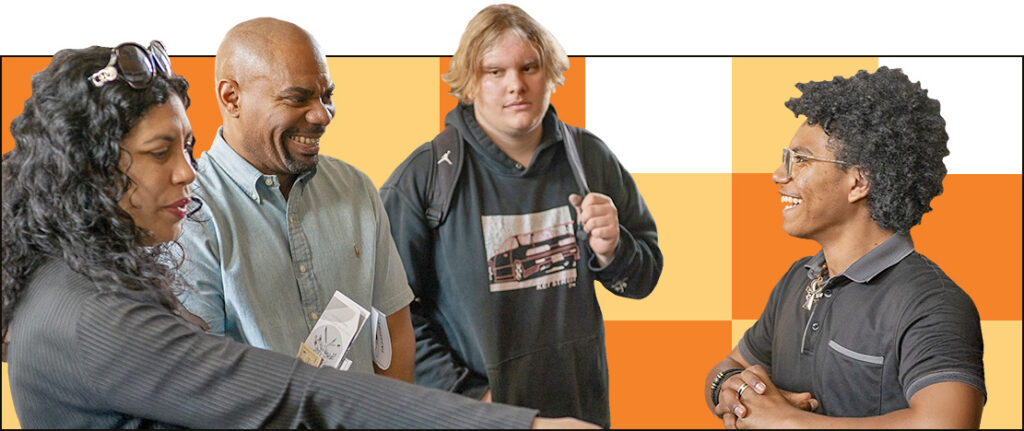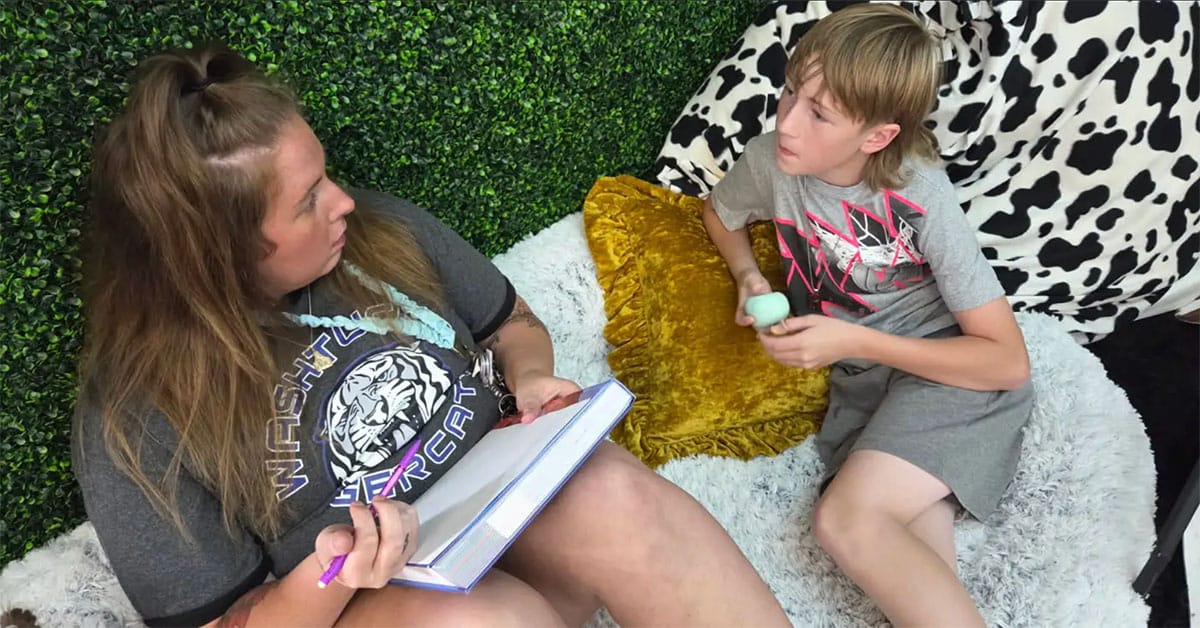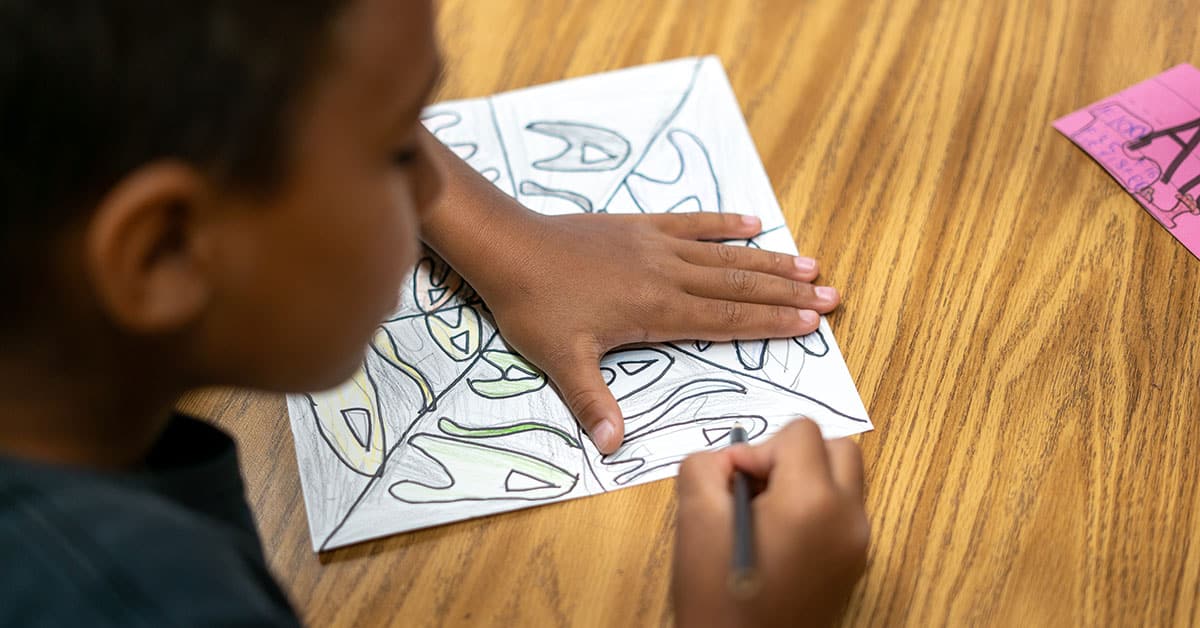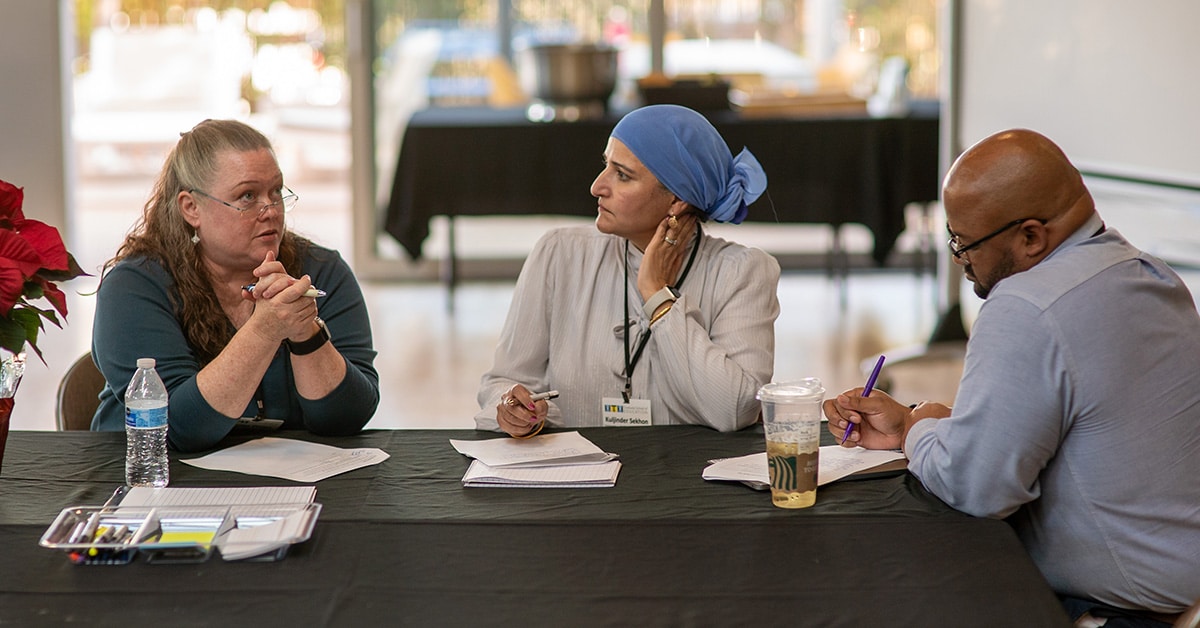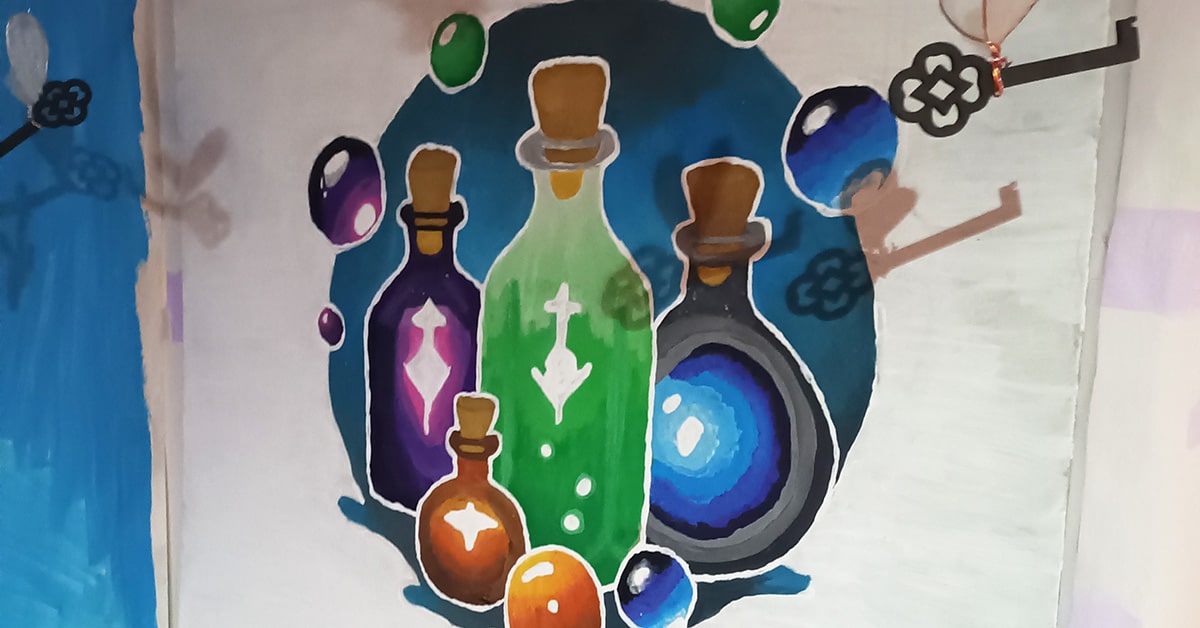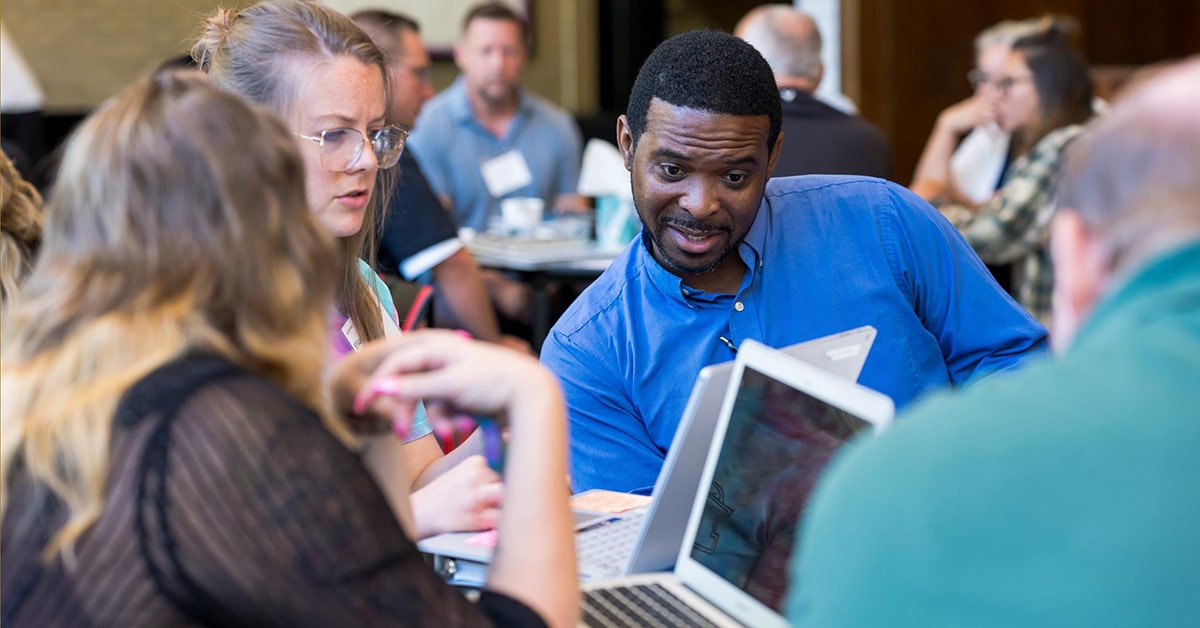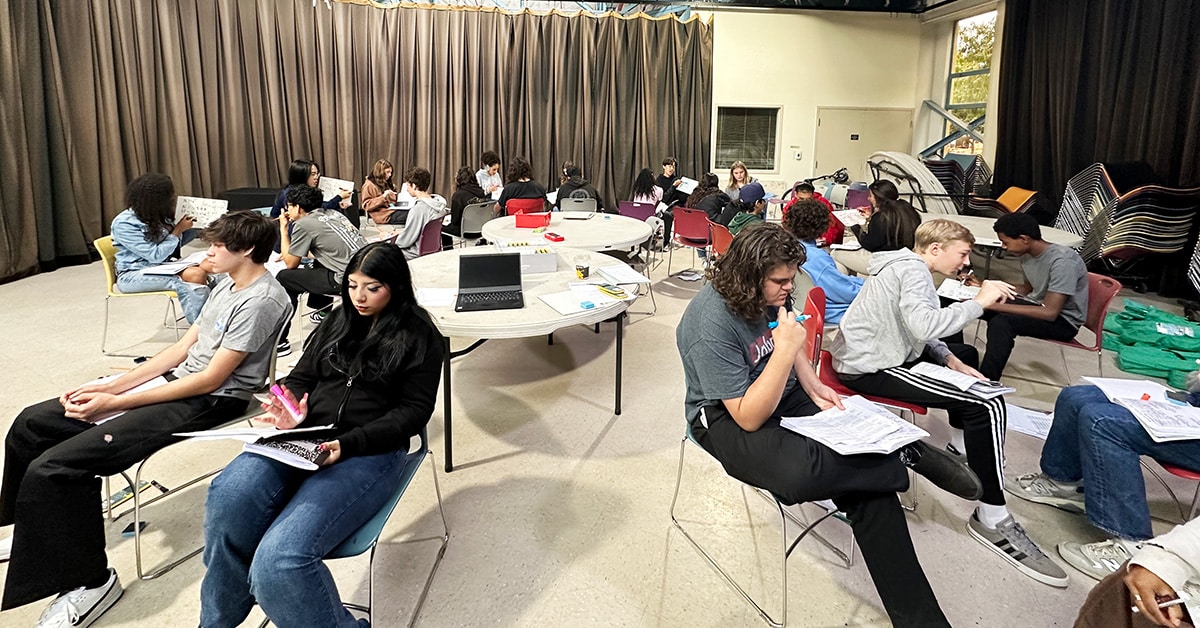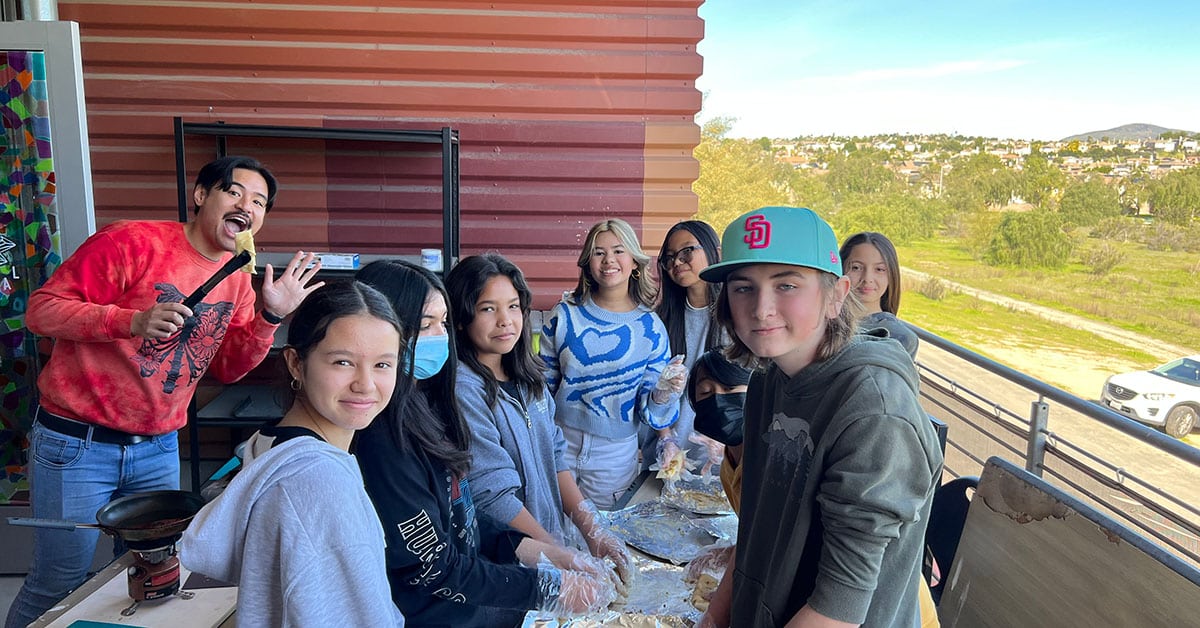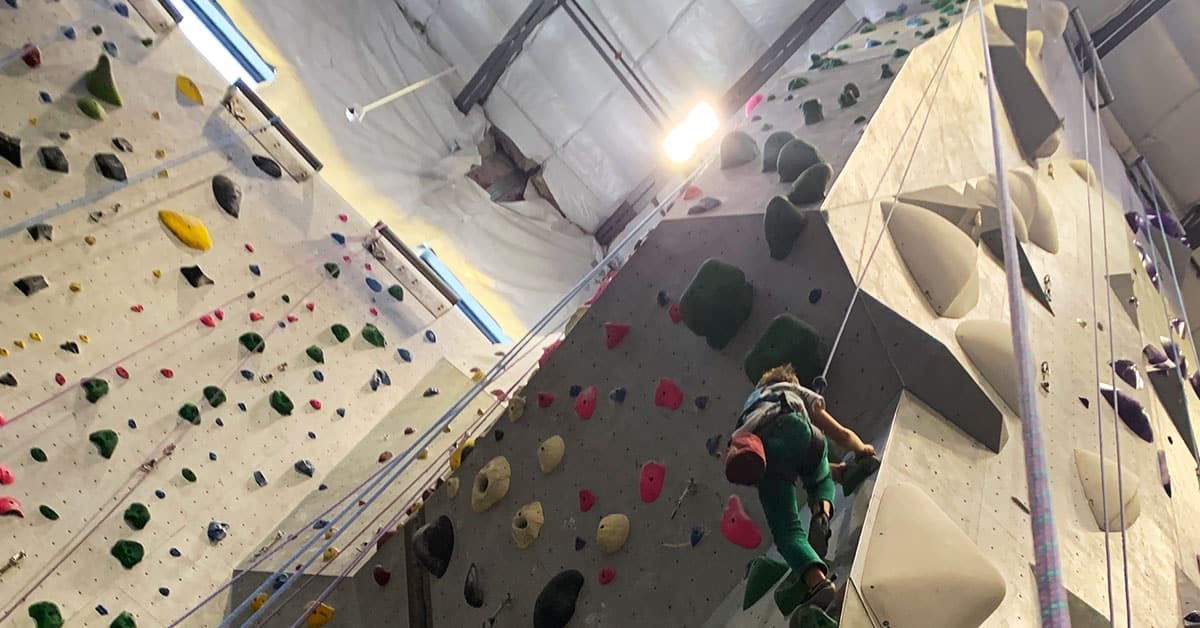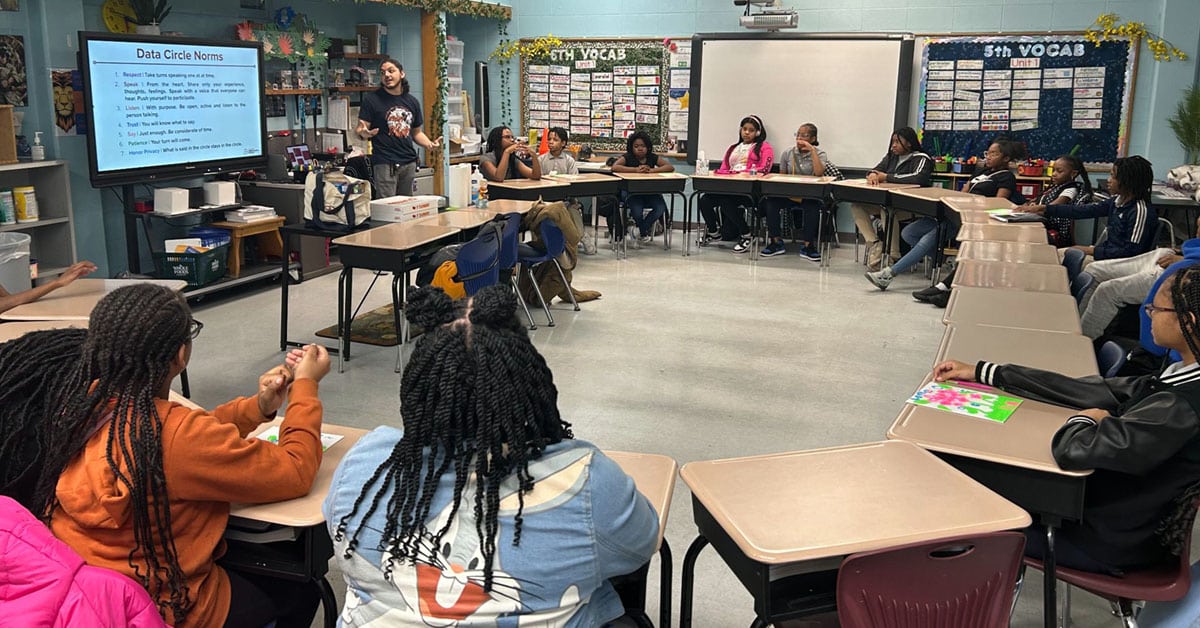Allyson Fritz shares what she has learned about conducting empathy interviews from her work on reducing chronic absenteeism in Washington State. The first rule: an empathy interview is about LEARNING, not changing other people's behavior.



learn more about

learn more about

events

events



learn more about

learn more about



